No products in the cart.
Return To ShopImpact of HIIT vs Aerobic Exercise on Nitric Oxide Levels
Nitric oxide has become one of the most talked-about molecules in fitness and health. Known as a “vasodilator,” it helps relax blood vessels, improve circulation, and deliver oxygen more efficiently during exercise. While it occurs naturally in the body, training style plays a big role in how much nitric oxide is produced. Two of the most popular methods aerobic exercise and HIIT (high-intensity interval training) affect nitric oxide in different ways. Understanding these differences can help athletes and fitness enthusiasts decide which type of training best fits their goals.
Understanding Nitric Oxide and Its Importance
Nitric oxide regulates vascular tone, ensures steady oxygen delivery, and improves nutrient transport to working muscles. It also contributes to cardiovascular protection, making it essential beyond sports performance. For individuals looking to enhance this pathway, nitric oxide supplements are designed to complement the body’s natural production and support circulation.
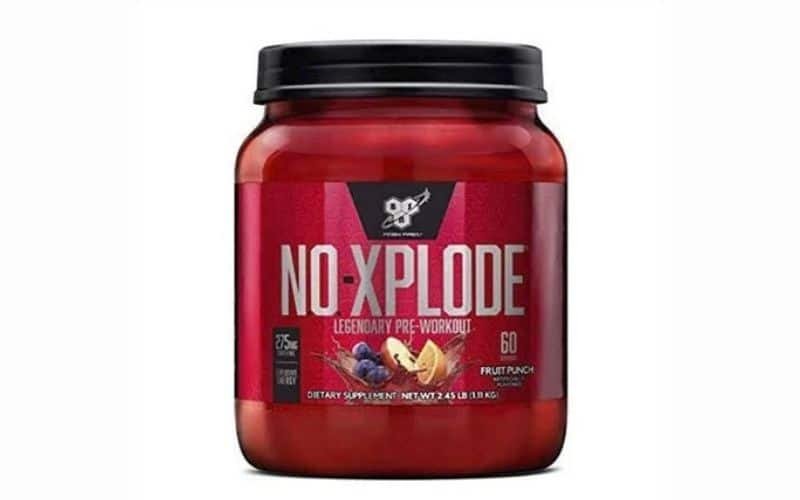
Aerobic Exercise and Nitric Oxide Production
Steady-state aerobic activity whether running, cycling, or swimming is particularly effective at stimulating nitric oxide. During these workouts, continuous blood flow creates shear stress on blood vessels. This mechanical stress activates endothelial nitric oxide synthase (eNOS), the enzyme responsible for nitric oxide production.
The benefits of nitric oxide from aerobic training include:
- Improved cardiovascular endurance through sustained oxygen delivery.
- Enhanced fat oxidation, making it easier to use stored fat as energy.
- Greater vascular health, which lowers long-term heart disease risks.
Aerobic nitric oxide support is often paired with nutrition that improves heart and vessel health. For example, omega-3 capsules are commonly added to support circulation alongside cardio-based training.
HIIT and Nitric Oxide Boost
High-intensity interval training (HIIT) uses short bursts of effort followed by brief recovery periods. This method puts the cardiovascular system under rapid stress, leading to sharp but temporary spikes in nitric oxide production. While HIIT sessions are shorter, they are highly effective in stimulating vascular adaptation.
The nitric oxide benefits from HIIT include:
- Acute increases in blood flow during intense intervals.
- Greater calorie burn post-exercise due to elevated oxygen demand.
- Improved metabolic flexibility, as the body adapts to switch between energy sources.
Because HIIT is highly demanding, it can increase recovery needs. Many athletes incorporate recovery aids like glutamine to reduce muscle breakdown and accelerate repair.
Comparing HIIT vs Aerobic Training for Nitric Oxide
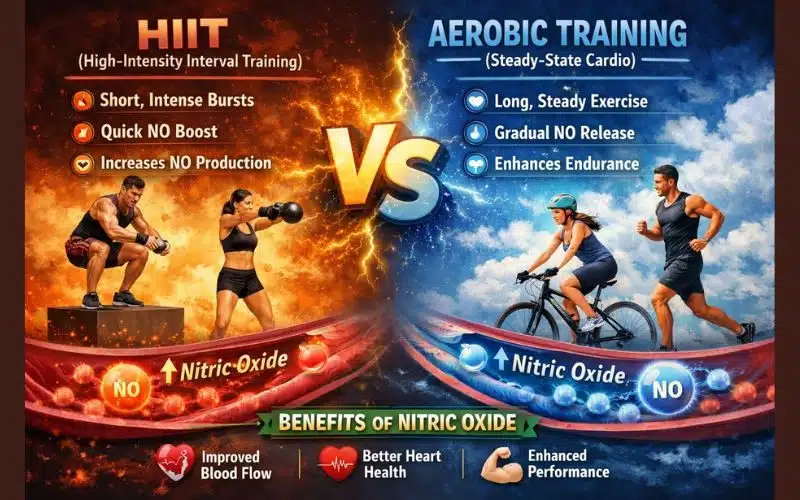
Both training styles elevate nitric oxide but in different patterns. Aerobic training promotes a steady, sustained release, while HIIT creates sharper surges during and shortly after exercise. Which is better depends on fitness goals.
- Aerobic Training:
- Best for endurance athletes.
- Builds long-term vascular health.
- Enhances fat metabolism steadily.
- Best for endurance athletes.
- HIIT:
- Ideal for time-efficient calorie burn.
- Creates quick nitric oxide spikes.
- Improves cardiovascular reactivity.
- Ideal for time-efficient calorie burn.
To maximize nitric oxide pathways, many athletes also use performance-support supplements. Combining BCAA formulations with hydration aids like electrolyte tablets ensures sustained energy and quicker recovery across both training styles.
Fat Metabolism and Weight Management Connection
Nitric oxide also plays a direct role in fat metabolism. Aerobic training uses steady oxygen delivery to promote fat oxidation, making it highly effective for weight management. HIIT, on the other hand, raises post-exercise oxygen consumption, which leads to calorie burning hours after the workout.
Many fitness enthusiasts combine these training benefits with thermogenic aids such as fat burners. Beginners often wonder how such supplements interact with cardio routines, which is explained in detail in the blog on what to expect in the first 30 days.
Supplement Strategies for Nitric Oxide Optimization
Training is the foundation, but supplementation can take nitric oxide benefits further. Products like citrulline malate are known to raise nitric oxide availability and delay fatigue. Pre-workout choices such as Cellucor C4 Original include nitric oxide boosters for enhanced intensity. For recovery, amino acids like glutamine remain key.
A simple supplement timing strategy includes:
- Pre-training: Citrulline malate or pre-workouts for nitric oxide priming.
- Intra-training: Hydration and amino acids to maintain stamina.
- Post-training: Recovery aids to reduce fatigue and repair muscle.
Authenticity, Halal Assurance, and Safety in Pakistan
For Pakistani consumers, authenticity and halal status are just as critical as performance. The market is unfortunately full of counterfeit products, which can compromise safety and results. SportsOne ensures halal compliance through its authorized distribution, offering peace of mind to athletes. At the same time, customers can protect themselves by reviewing guidance on fake imported supplements.
Accessing Reliable Products
Whether you prefer steady-state cardio or high-intensity intervals, nitric oxide plays a major role in performance and recovery. Authentic supplements are available across Pakistan, with trusted access through the Lahore store, the Karachi outlet, and the Islamabad branch.
Final Thoughts
HIIT and aerobic exercise both enhance nitric oxide levels, but in unique ways. Aerobic training sustains nitric oxide for endurance and fat metabolism, while HIIT produces rapid spikes that drive metabolic flexibility and calorie burn. The smartest approach may be to combine both, tailoring workouts to individual fitness goals. With halal-certified, authentic supplements to support nitric oxide pathways, athletes in Pakistan can achieve safer, more reliable results.

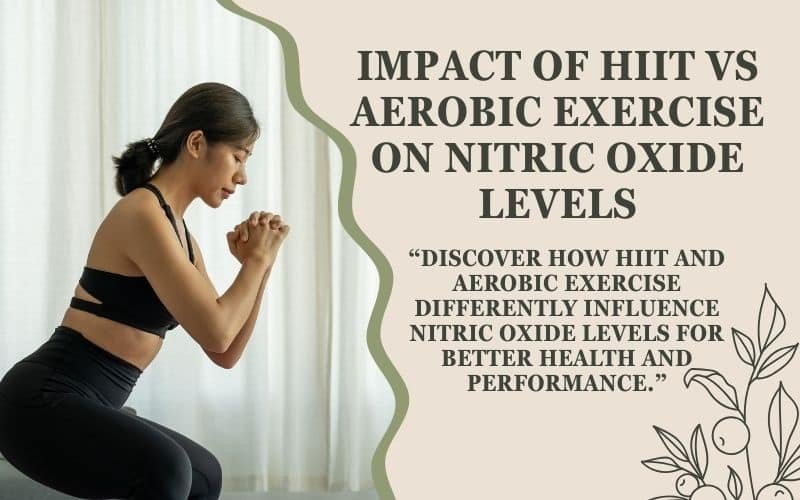
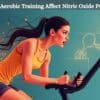
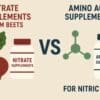

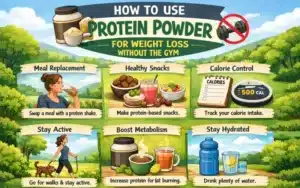
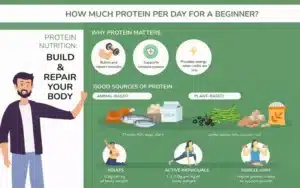
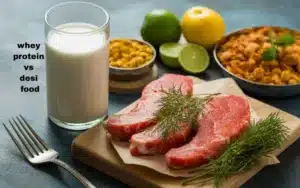
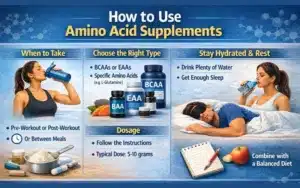
Add comment
You must be logged in to post a comment.